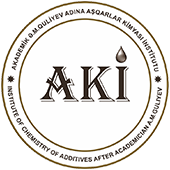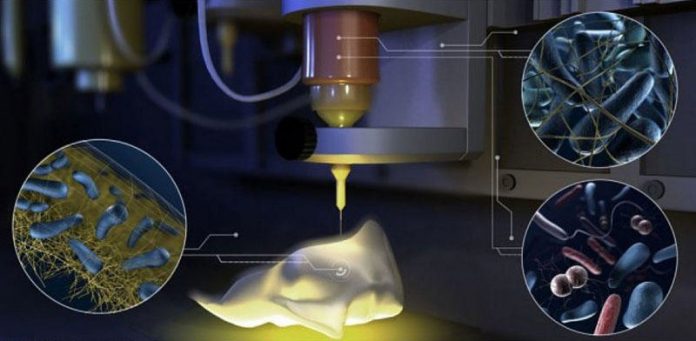Scientists have developed a new type of 3D printing that uses living matter, namely bacteria, to create objects. This could allow for things like degrading pollutants and skin grafts.
Called functional living ink (Flink), the product was described in a paper published in Science Advances. The research was led by scientists from ETH Zurich in Switzerland.
Flink is made of a hydrogel that’s mixed with bacteria and nutrients, which feed the bacteria. Normal 3D printer inks are made of “dead matter”, things like plastics and metals.
The benefits of using Filnk are that the bacteria can be used to give the ink certain properties. For example, in this research, the team used Pseudomonas putida and Acetobacter xylinum, which can break down the toxic chemical phenol and secrete high-purity nanocellulose, respectively.
It works mostly in the same way as a regular 3D printer. Ink is used to build layers, and over time a whole object can be created. The only difference here is that the ink contains living matter inside it.
Flink can also be used to make 3D objects with different bacteria in different sections. It can give a structure different properties, depending on the bacteria used.
In this research, the team described how they had to work out how to find the right consistency for the ink. It must be able to flow through a pressure nozzle, but also be sturdy enough to form objects.
“The ink must be as viscous as toothpaste and have the consistency of Nivea hand cream,” co-lead author Manuel Schaffner said in a statement.
Each object is described as a printed minifactory, with a wide variety of uses. For example, objects could be used to detect toxins in drinking water. Another possible application is creating filters filled with bacteria for use in oil spills.
“Printing using bacteria-containing hydrogels has enormous potential, as there is such a wide range of useful bacteria out there,” said co-lead author Patrick Rühs in the statement. He added that all the bacteria used were harmless and beneficial.
One major challenge at the moment is that the printing time is quite slow, and it’s difficult to scale this process to larger objects. But the scientists hope to overcome this in future, and bring their potential technology to life.
http://www.iflscience.com


